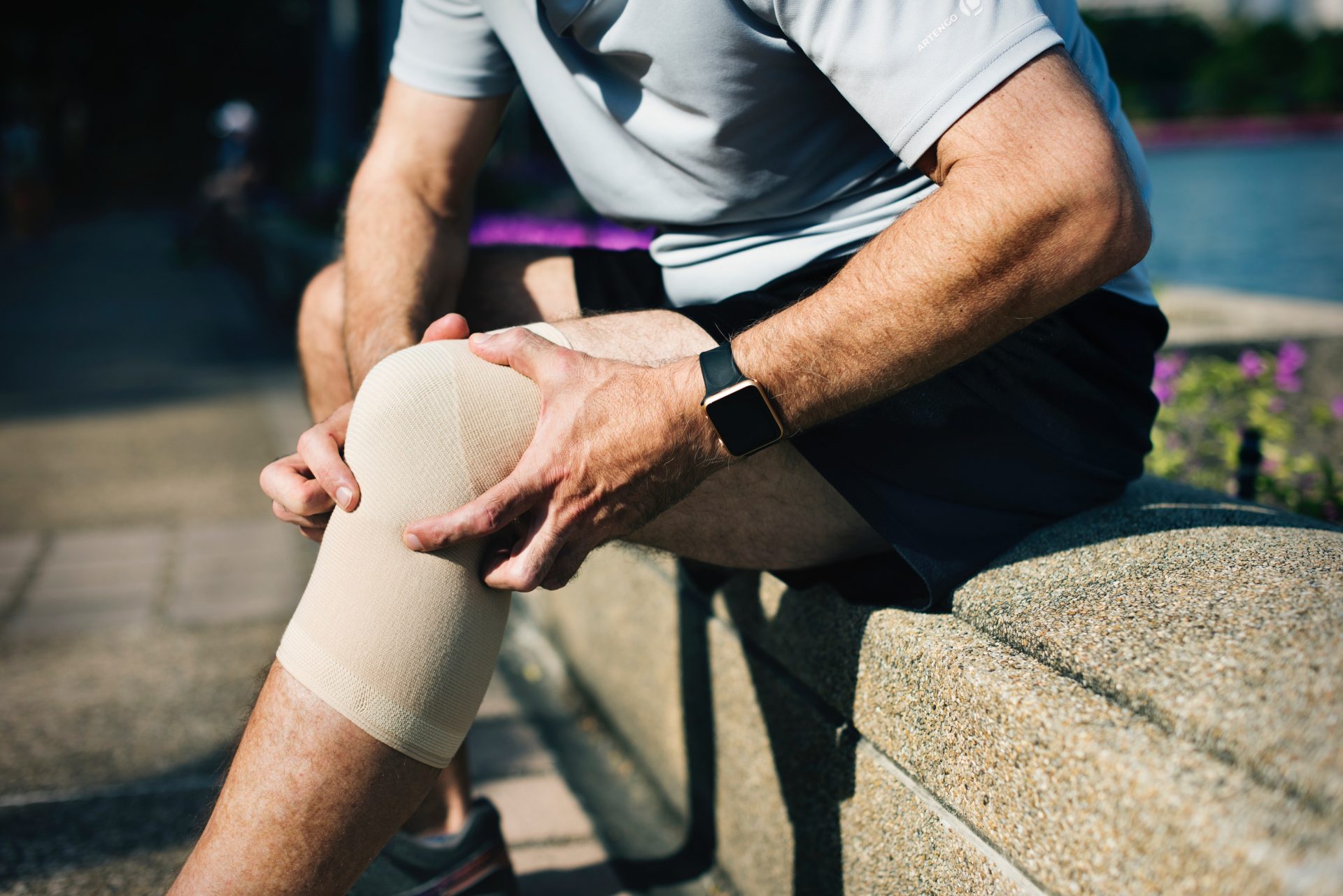What is it?
Patello-femoral pain (PFP) is one of the most common conditions seen by physiotherapists.
Our patellar is known as a sesamoid bone and sits in a groove on the femur bone.
It acts as a lever for the quadriceps muscles as the leg flexes/extends.
The patellar is just like any other joint and slight alterations to how and where it is loaded can result in significant pain and discomfort.
The articular surface of the patellar attempts to adapt to these changes in load, when this fails it is expressed as pain, swelling and in more severe cases a ‘crunch’ or ‘grinding’ known as crepitus.
When looking at athletes the onset of PFP could be brought on by a variety of factors such as increased training intensity (distance or speed) or changes to your gym program (e.g. increased squat weight).
The everyday person can also suffer an episode after a particularly heavy period of manual work involving loading of the legs.
What causes it?
Patients are commonly told their VMO muscle is weak and their patellar is ‘mal-tracking’ or ‘mis-aligned’.
This is only partially true and forms a very small part of the overall PFP picture.
A recent research study (1) found that control issues at the hip and foot have a significant impact on PFP.
The ‘Q angle’ is the angle our femur makes with our hips and is associated with these controls issues.
This angle can be increased due to weak gluteal muscles or having a foot that excessively roles in or ‘pronates’.
The gluteals work to keep our hips level and leg from rotating when we walk and run, as they fatigue more rotation and less control around the hip will result in an increased Q angle.
An increase in this angle will change where our patellar makes contact with the groove of the femur resulting in excessive load distributed across a smaller area.
These same changes can be observed with people who as mentioned above have an excessively pronated foot although this can also be secondary to changes at the hip and knee.
How do you manage it?
Because PFP is generally the result of changes to load management of this condition revolves around appropriate alterations to the factors leading to it.
- Your physiotherapist may want to initially change how much and/or how often you are doing the activity that brought on your symptoms to allow the pain to settle
- A programmed based around hip control and strengthening targeting the gluteus maximus and medius muscles
- Changing your footwear to give more support (potentially also a podiatrist review)
Once these factors have been addressed your physiotherapist will map out a gradual return to full activity.
Using a considered and consistent approach here is vital especially when training for an event because too much, too quickly may lead to overload again.
Medications such as paracetamol and anti-inflammatories can help to alleviate symptoms early as will icing of the knee joint.
Taping of the joint can also play a role in helping to reduce pain by altering where the patella is being loaded and encouraging muscles around the knee to ‘work harder’.
When it comes to imaging (X-rays) these are generally not required to determine diagnosis or form a management plan.
References
- Powers CM. The influence of abnormal hip mechanics on knee injury: a biomechanical perspective. J Orthop Sports Phys Ther. 2010;40(2):42-51.

